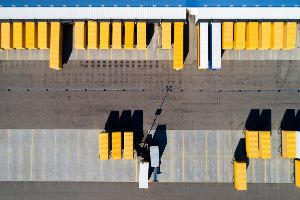RPA and automation, the keys to rendering companies more secure
A strategic alliance with an immense potential for transformation. Automated robotisation and Artificial Intelligence (AI) have been increasingly effective and seamlessly interrelated in recent years. Together, they are driving both physical security and cybersecurity to new heights of excellence.
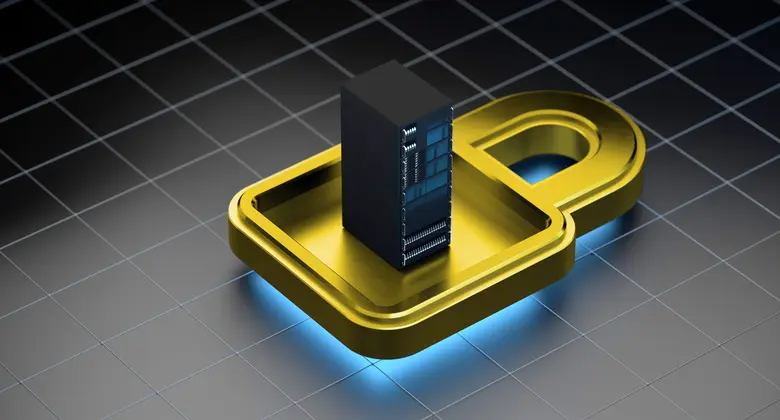.webp)
Table of contents:
A world of technological possibilities
Hyperautomation, a boon for businesses
Power thus far. Is there room for accountability? In this regard, it is essential to plan and implement it correctly so that it is part of the solution and not part of the problem, as the access of bots to critical information implies a new environment susceptible to cyberattacks, which is why it is advisable to implement state-of-the-art RPA with the advice of a trusted provider that prioritises its secure use.
The CREAD team, in particular, has developed a protocol of simultaneous shielding for Prosegur's RPAs that eliminates the typical master key of passwords and credentials in the hands of a manager and replaces it with a system that periodically and automatically changes the credentials with the highest level of encryption, together with dual approval for certain accesses.
RPA delivers the processing muscle, while AI serves as the brain for extracting useful information from the vast ocean of data.
However, just talking about RPA at this stage is proving to be insufficient. It is evolving rapidly towards hyperautomation, i.e. combining with other technologies for greater leverage of each individual technology, especially AI (from optical recognition to natural language processing or deep learning), machine learning and also advanced analytics.
RPA delivers the processing muscle, while AI serves as the brain for extracting useful information from the vast ocean of data. This implies a qualitative leap because AI-enabled systems share global information on cyberattacks to extract patterns and prevent them. As this article recommended by Cisneros says, "hyper-automation is a blessing that will help all companies in the future. It will soon be the only option to keep up with the rapidly changing threat landscape and to compensate for the shortage of IT security personnel”.
This reflection can be extended to physical security, including occupational health and safety. Cisneros explains that it “works much like cybersecurity, only the events change. RPA analyses and collects information from devices such as sensors, cameras or detectors, and AI analyses images and sounds to identify problems, risks or threats, from intrusion to the use of hazardous substances. All the information obtained can be used to continuously improve analysis, prevention and monitoring models”.
A practical example: the GenzAI alarm management platform, equipped with intelligent cameras and microphones capable of differentiating sounds (siren, broken glass, baby crying, etc.) and images (pet, intruder, etc.) to send the video of an incident. Its AI algorithms analyse usage patterns to warn, for example, that an alarm has not been switched on at the usual time. Initially designed for domestic environments, such mechanisms can be replicable in other environments such as corporate headquarters or industrial facilities.
.webp)
According to the Institute for Robotic Process Automation and Artificial Intelligence, RPA can help companies manage an increasingly complex cybersecurity strategy, which involves implementing, operating, maintaining and updating software, anti-virus, identity, access and device controls, encryption and decryption methods, etc.
Bots can help manage this framework in real time by participating in assigning roles and profiles for data access, monitoring activities such as the use of credentials, logins or encryption, and reducing the risk of social engineering by drastically limiting human involvement that is often responsible for careless failures (such as a typical post-it note with a password in plain sight).
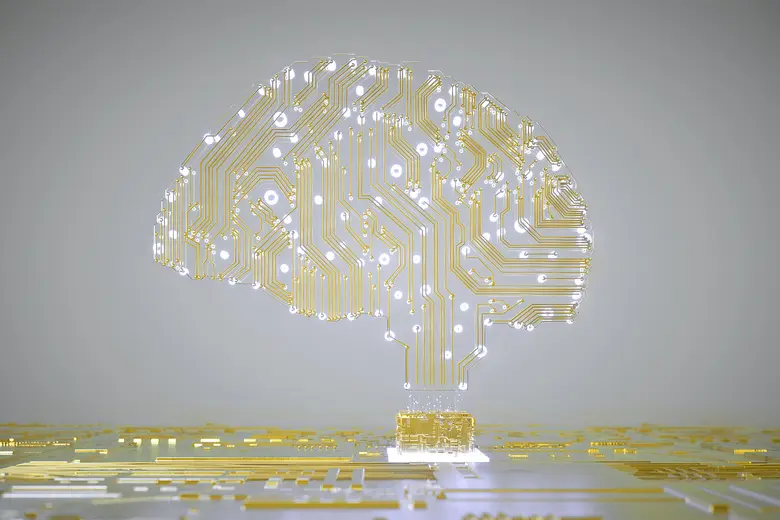.webp)
“Great power entails great responsibility”. Originally inspired by the story of Damocles and his famous sword, we could apply this saying to the power of one of the disruptive technologies of the digital revolution: RPA (Robotic Process Automation). This refers to the use of bots or software designed and trained to continuously and uninterruptedly take on any task with clear and unambiguous rules.
Such bots can be used to accurately execute highly complex, repetitive, high-volume, multi-system jobs or tasks that require the selection and comparison of huge amounts of information. RPAs simply need to respond to a predetermined pattern to perform them optimally.
This technology is already well established in business processes, from document management to invoicing, purchasing or human resources, in order to achieve an effective process. At the same time, it is also part of the risk management strategy, though this is by no means its exclusive field of application. RPAs can also find applications in fields such as cybersecurity, because this systematic processing capability can support technology solutions dedicated to rectifying vulnerabilities.
As Fernando Cisneros, head of CREAD (Prosegur's Centre for Robotisation, Excellence, Automation and Digitalisation) explains, the bots "supervise the most routine information and/or extract information from network devices and corporate systems, so that the Artificial Intelligence layer can then analyse this information and detect problems or security incidents".
An efficient albeit complex ecosystem
.webp)
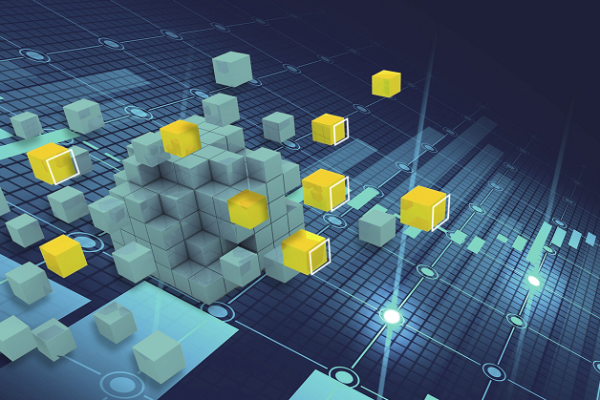
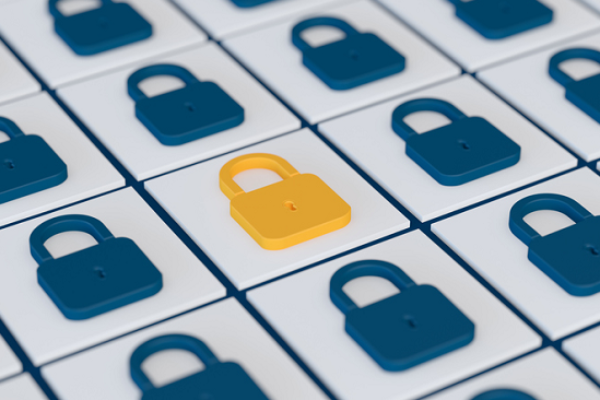
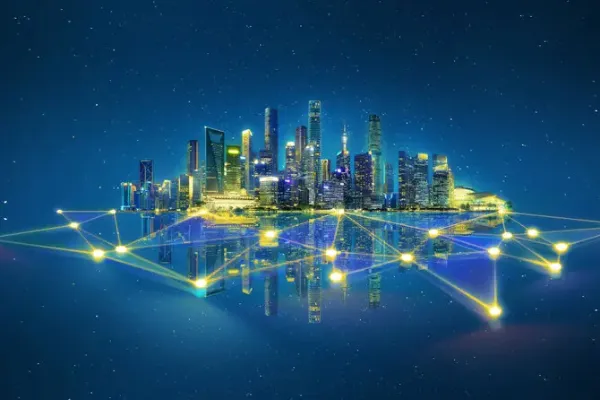%20(1).webp)
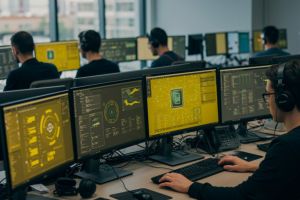.jpg)
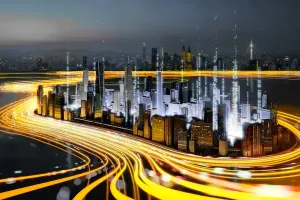.webp)
